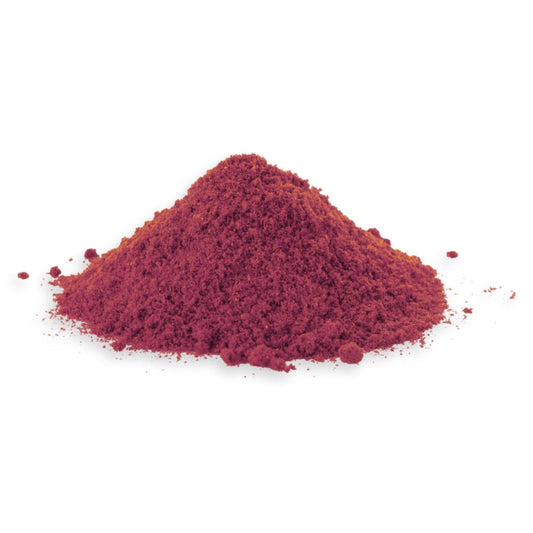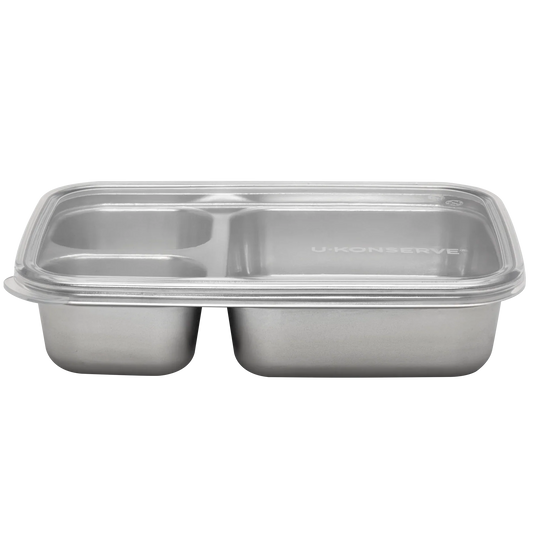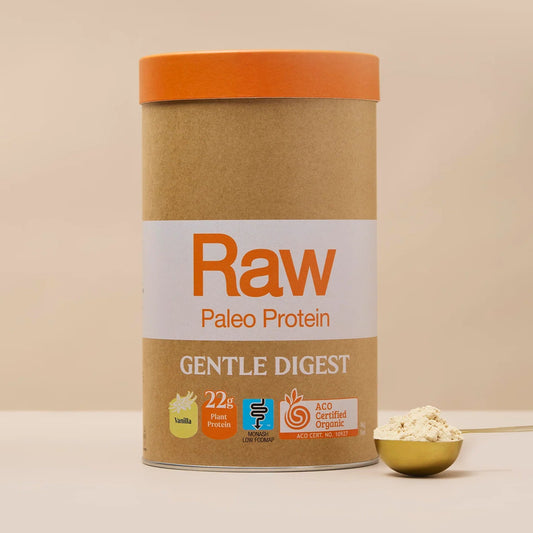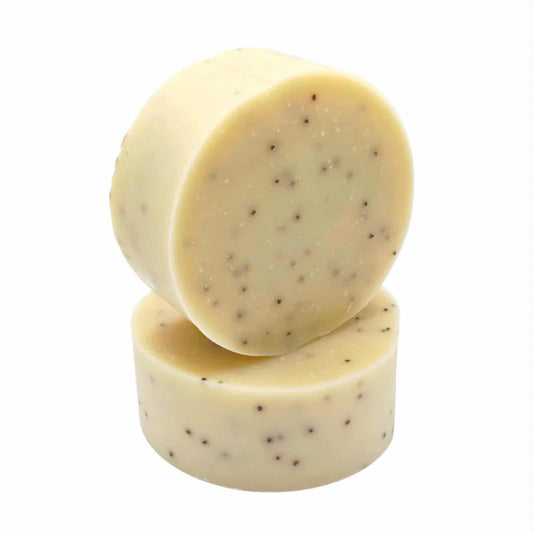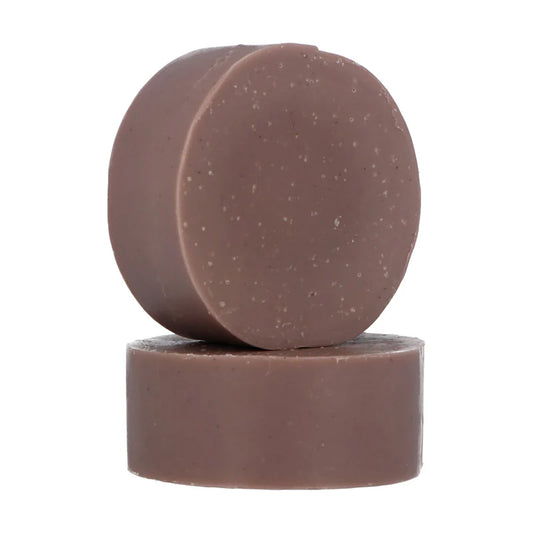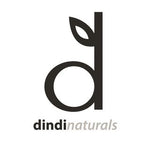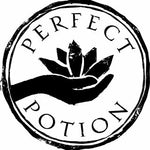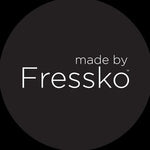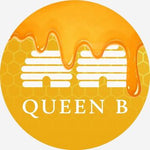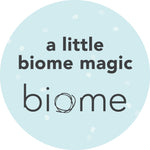
If toothpaste brands had to list “liquid plastic” on the front of the box, how many people would still toss it in their trolley?
We’re talking about plasticisers, thickeners, and film-formers—ingredients like PEGs and PVP—lurking in your daily toothpaste. You don’t see “contains microplastics” in bold font. You see “whitening!” and “protects enamel!” and “fresh breath!” Instead, the plastic content is buried in the fine print.
On a recent visit down the toothpaste aisle in my local Coles supermarket, I found many pastes containing hidden plastics, among multiple other petroleum-derived ingredients. Unfortunately, that fresh minty blast is often riding on a wave of fossil fuel chemistry!
Why is plastic in toothpaste?
These liquid or soluble plastics are used to:
- Keep pastes smooth and spreadable
- Make foaming happen
- Create a film over your teeth for that ‘just-cleaned’ feeling
- Stabilise the formula on the shelf
But all of this comes at a cost.
You're either swallowing it, or spitting it into the sea
- Some of these ingredients pass through your mouth, through your body, and into your bloodstream.
- Others are spat out and washed down the drain—where water treatment plants can’t fully filter them out.
- They enter waterways, end up in oceans, and become part of the growing soup of plastic pollution.
And because they’re technically “liquid” or “soluble,” they dodge any bans on microbeads and microplastics.
What happens when you ingest liquid plastic?
Science is still catching up, but early studies link these plastics to:
- Endocrine disruption (hormone havoc)
- Liver and kidney stress
- Cumulative plastic build-up in body tissues
As one Biome survey participant put it:
“It’s like slow poisoning – and we’re expected to smile through it.”
The offenders: five popular toothpastes
Here’s just five of the ones I found, and what you’re brushing with (and spitting out) if you use these popular brands.

- Colgate Optic White: PEG/PPG-116/66 Copolymer, PEG-12, PVP
- Sensodyne Repair & Protect: PEG-8, Carbomer
- Oral B 3D White Luxe: PEG-6
- Oral B Toothpaste Gum & Enamel Breath Purify: PEG-6, PVP
- Colgate Max Fresh: PEG-12
Why isn’t this regulated?
Microbeads—tiny solid plastic spheres—have been banned in many countries, including Australia. But water-soluble plastics like PEGs and PVP are still allowed.
That’s because most bans only apply to solid microplastics. Even the EU’s world-leading 2023 regulation doesn’t go far enough.
- In Australia, the ban only covers microbeads in rinse-off products like scrubs and toothpaste. PEGs and PVP? Totally legal.
- The EU ban (REACH 2023/2055) tackles “intentionally added synthetic polymer microparticles” above 0.01% by weight—but only if they’re solid and insoluble.
- PEGs and PVP are water-soluble polymers. So they don’t count as microplastics under the EU’s definition.
- That means even in countries with the strictest rules, you can legally coat your mouth in petroleum-derived, plastic-like polymers—as long as they dissolve.
In other words: the law bans the beads, but not the plastic soup. And brands know it, so they pump synthetic sludge into your toothpaste.
What can you use instead of liquid plastics?
Plant-based thickening agents (like xanthan gum or cellulose), herbal cleansers, and mineral powders can do the same job—without coating your teeth in chemicals.
Biome stocks plastic-free alternatives with ingredients you’d recognise. No secret synthetic stew. No plastic.
Natural toothpastes
Tooth powders
Toothpaste tablets
The takeaway to tell your friends
“Most toothpastes have liquid plastic in them—yep, literally plastic. You either swallow it or it ends up polluting the ocean. And it’s not even needed. There are plant-based options that work just as well.”
🚨 You're Not Just Swallowing Plastic — You're Brushing With Petrol
Many ingredients in mainstream toothpastes are made from crude oil, meaning you’re putting petroleum-derived chemicals in your mouth every day.
Here’s the common ones found in the Colgate, Sensodyne, and Oral B toothpastes:
- PEG compounds (PEG-6, PEG-8, PEG-12, PEG/PPG-116/66 Copolymer) – made from ethylene oxide, a petroleum derivative
- PVP (Polyvinylpyrrolidone) – synthetic polymer derived from fossil fuels
- Propylene Glycol – a solvent made from petroleum (not technically a plastic, but industrial and synthetic)
- Sodium Lauryl Sulfate (SLS) – often derived from petroleum (or palm oil)
- Carbomer – synthetic polymer made from acrylic acid, a fossil fuel derivative
- Polysorbate 80 – made from ethylene oxide and sorbitol (a mix of petroleum-derived and sugar alcohol)
- CI 74160 (Phthalocyanine Blue) Often synthetic pigment (Blue 15). May be plastic-coated or microplastic-based depending on formulation
- CI 42090 (Brilliant Blue FCF) Synthetic dye. Petrochemical-derived, and some formulations include polymer carriers or coatings
Related reads
How To Spot Hidden Plastics in Your Skincare









